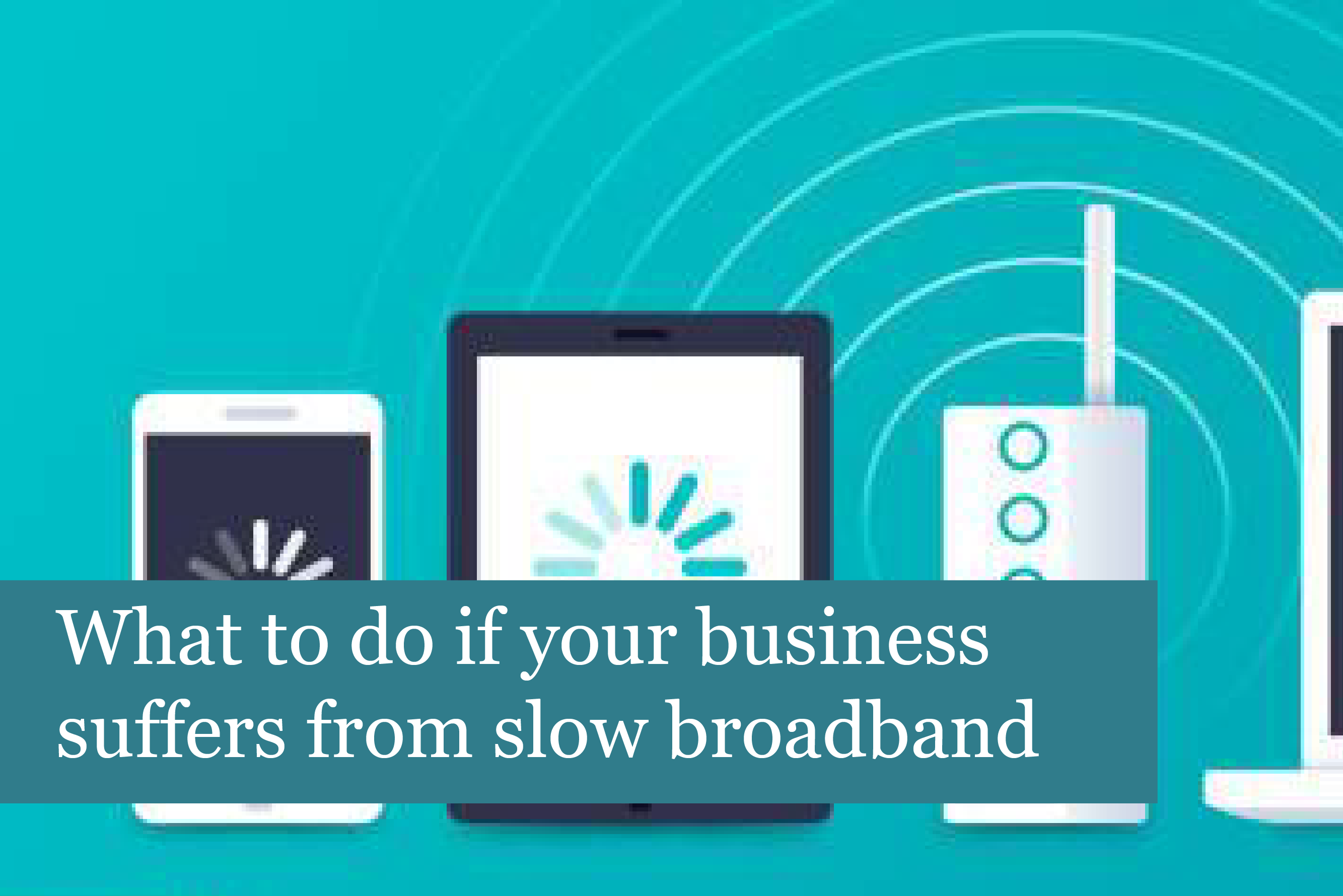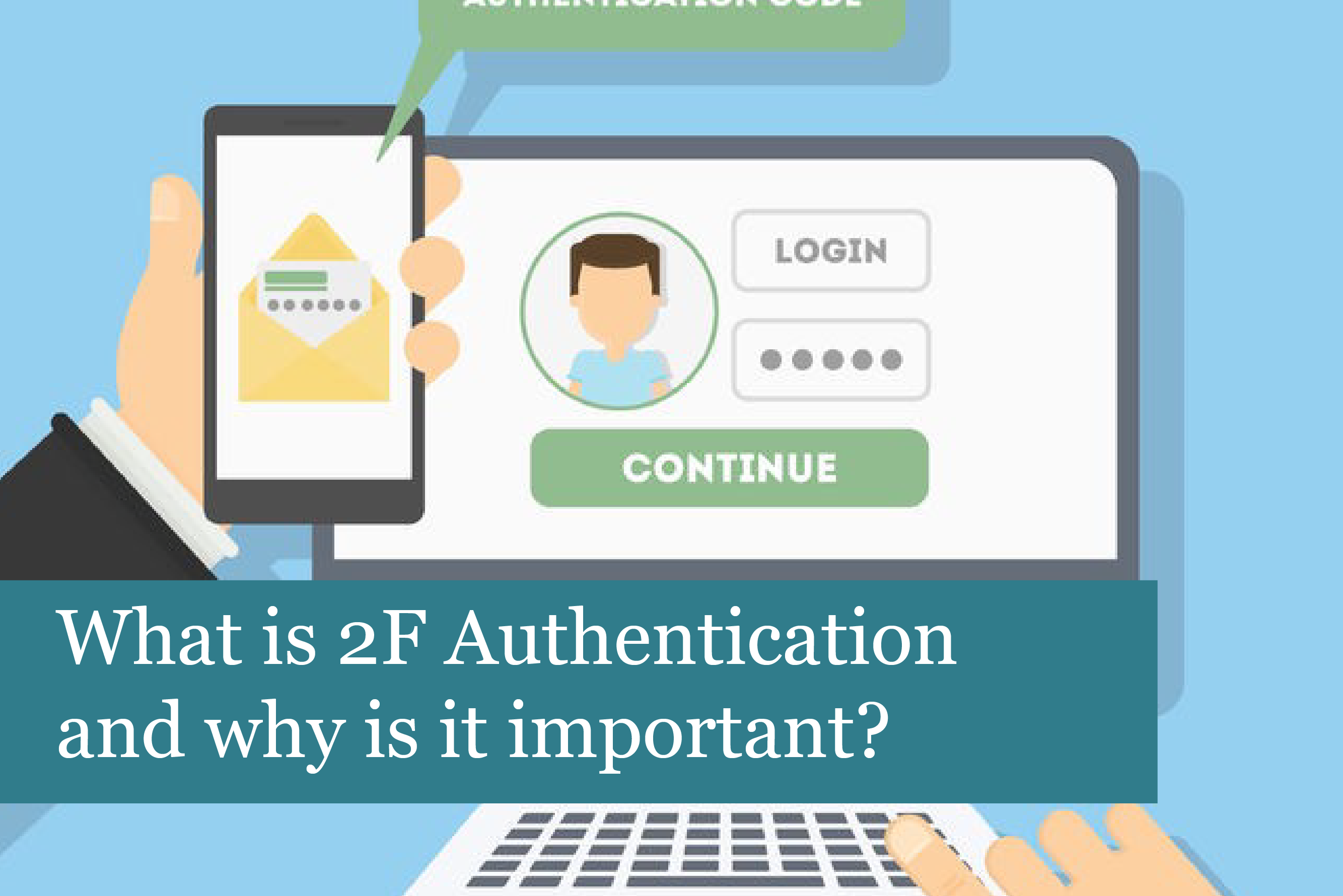
Are you suffering from slow Internet speeds? Then it may be time to consider other options that are available in the UK. Fibre broadband is being installed all over the country, and switching has never been easier. What’s more, you even have different options to choose from when it comes to fibre broadband services.
When you’re working remotely on a regular basis, then you’re dependent on the quality of the Internet connection you have. Without reliable Internet, it’s impossible to communicate and collaborate with other colleagues and clients.
In this article, we’ll take a look at three fibre broadband services, what they are, and the benefits they provide.
Super-fast Broadband – FTTC
This is a type of broadband that is delivered through a fibre network directly to the Openreach green cabinet on your street. This connection uses a copper telephone line from the cabinet to your home, which is better than if the copper line runs all the way from the local exchange.
Keep in mind that the closer you are to the Openreach cabinet, the faster your speeds will be. On the other hand, the farther you are from the cabinet, the slower your Internet will be. The good news is that green cabinets are fairly numerous, which means you don’t have to as concerned about slower speeds. You’ll still have a faster speed than with other types of connections. You may even be able to get up to 80Mbps download speeds, and upload speeds of 20Mbps.
FTTC Broadband is used to make it faster to transmit data and access info online. This includes access anything online including cloud services. This type of connection is best for anyone working remotely, or for connecting with other locations within the company.
FTTC Broadband requires the use of wireless routers for home office.
Ultrafast Broadband – GFast
GFast is a newer and faster copper line broadband service. In fact, it’s an improvement over FTTC. This means that you’ll have up to four times the speed of a traditional FTTC broadband connection.
While FTTC download speeds go up to 80Mbps, GFast can go all the way up to 330Mbps download speed.
This type of broadband connection is available in two speeds:
- GFast 160Mbps download / 30Mbps upload
- GFast 330Mbps download / 50Mbps upload
GFast works similarly as FTTC; however, it’s requires specialized equipment to be fitted to the BT cabinet that works to alter the speed frequencies of the connection. This change of frequencies is what increases the speed through the copper line, which results in a faster, more reliable broadband connection. GFast users are generally located about 500 metres from their local BT cabinet, and no farther.
Full Fibre Broadband – FTTP
FTTP is a broadband connection that relies on only fibre optics, which provides the fastest broadband access directly to a user. In fact, this replaces traditional broadband connections that rely on copper connections. The fibre optic cable is run from the local exchange to your home, rather than relying on copper wires.
Fibre optic cables transmit light pulses that truly travel at the speed of light (C). As a result, download speeds are not affect by the distance or the demand on the line. You receive a faster, consistent, reliable Internet connection no matter the time of day. That’s because fibre optic cable doesn’t not have the same issues as copper wiring, which can include signal loss, and more.
FTTP is great for voice, data, or video.
How to Choose the Right Type of Broadband Connection
You’ll need to consider a number of factors when choosing the best broadband connection for your work. For instance, keep in mind that your connection speed is related to how much work you can get done. That is the speed of the broadband connection will determine how productive you are.
If your Internet connection is slow and unstable, then you won’t be able to keep in touch with clients, colleagues, and more. You’ll end up completely frustrated and the bad connection could even hurt your business. For these reasons, a fast Internet speed is crucial if you want to get things done.
As we just mentioned, a fast, reliable connection is also necessary to stay in communication with your colleagues and clients. Collaboration is essential, even when you’re working from home. With a fast Internet connection, you’ll be able to have stable video calls and meetings. However, if the connection is slow and drops out frequently, communication will be impossible.
You also will need a reliable, stable Internet connection for working remotely. Your work depends on your Internet access, so stability and access are extremely important. What happens if your Internet goes down? You may lose revenue, suffer project delays, and more.
If your service goes down, can you gain access to technical support right away? This is another important factor to consider when choosing the right broadband service.
Another issue to be aware of is that not all types of newer broadband connections are available in all parts of the UK. For this reason, it’s a good idea to check with service providers in your area to learn about the types of broadband currently available. Then you’ll need to see if it’s possible to upgrade to a faster connection now, if you’ll need to wait for faster Internet to come to your area.
So, when looking for the right broadband for working remotely, consider these factors:
How many people will be using your connection: the more people using the same connection, the slower it your Internet service will be. If you have a large family, kids are attending school online, your partner is working from home, too, then you’ll need to look for an Internet package the provides enough speed to accommodate you all.
What type of broadband speed do you need for work: superfast Internet is probably the best option for most people. You’ll have a reliable connection that allows you to stream TV programs, download large files, and more.
What providers offer service in your area: you’ll need to research what service providers are available in your area.
How much can you afford to pay for broadband service: price can be another factor that determines the type of Internet connection. Keep in mind that choosing the cheapest package isn’t always the best option. You may not have the speed necessary for your entire household to work online, and you may even need to pay for extra data. So, look at all the features of the packages offered, and choose a package that fits your needs, at a price you can afford.
If you have additional questions about the best broadband connection for your situation, then please reach out today. We’re looking forward to working with you.
Recommended Posts

What is Two-Factor Authentication and why is it important?
26th April 2024

Exploring the Diverse Applications of Cloud Computing Solutions
19th April 2024

Why pursue Cyber Essentials (CE)?
12th April 2024
